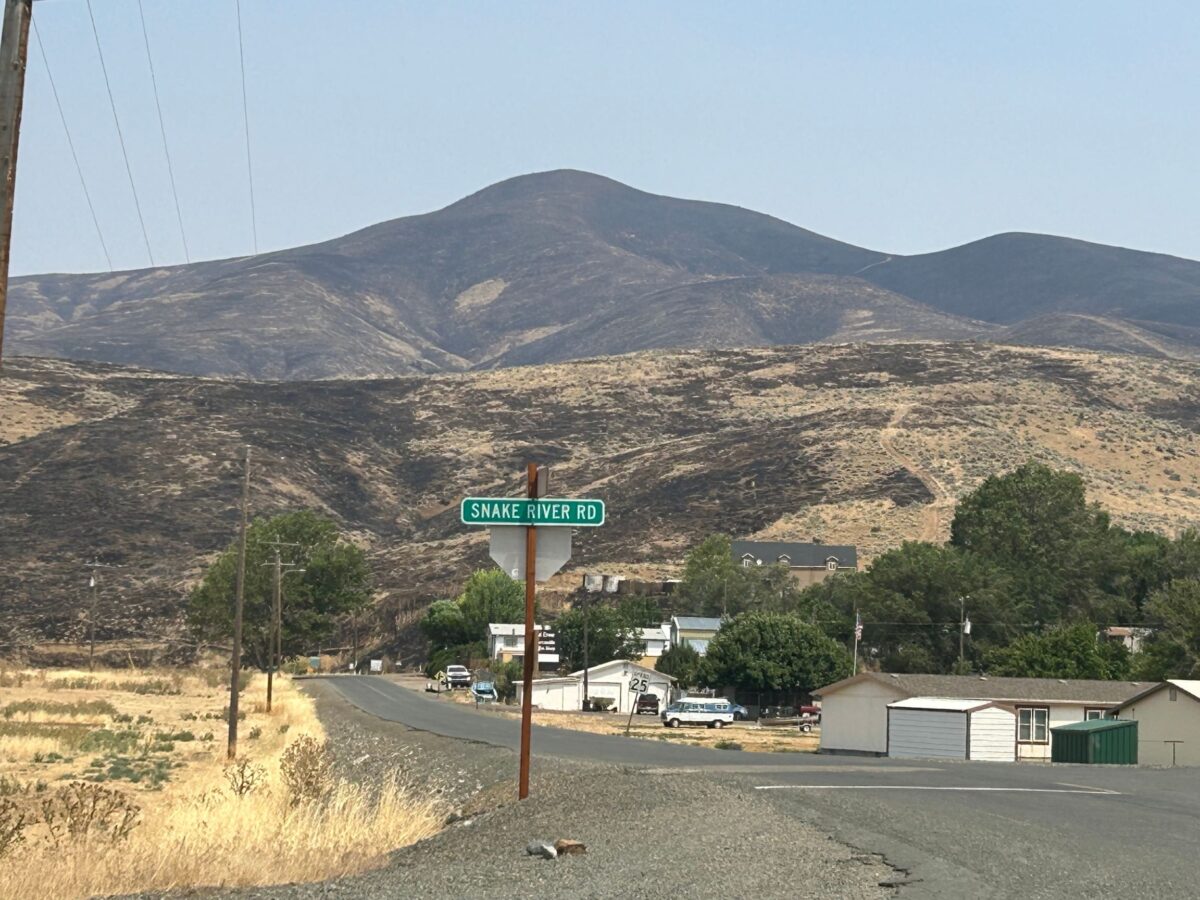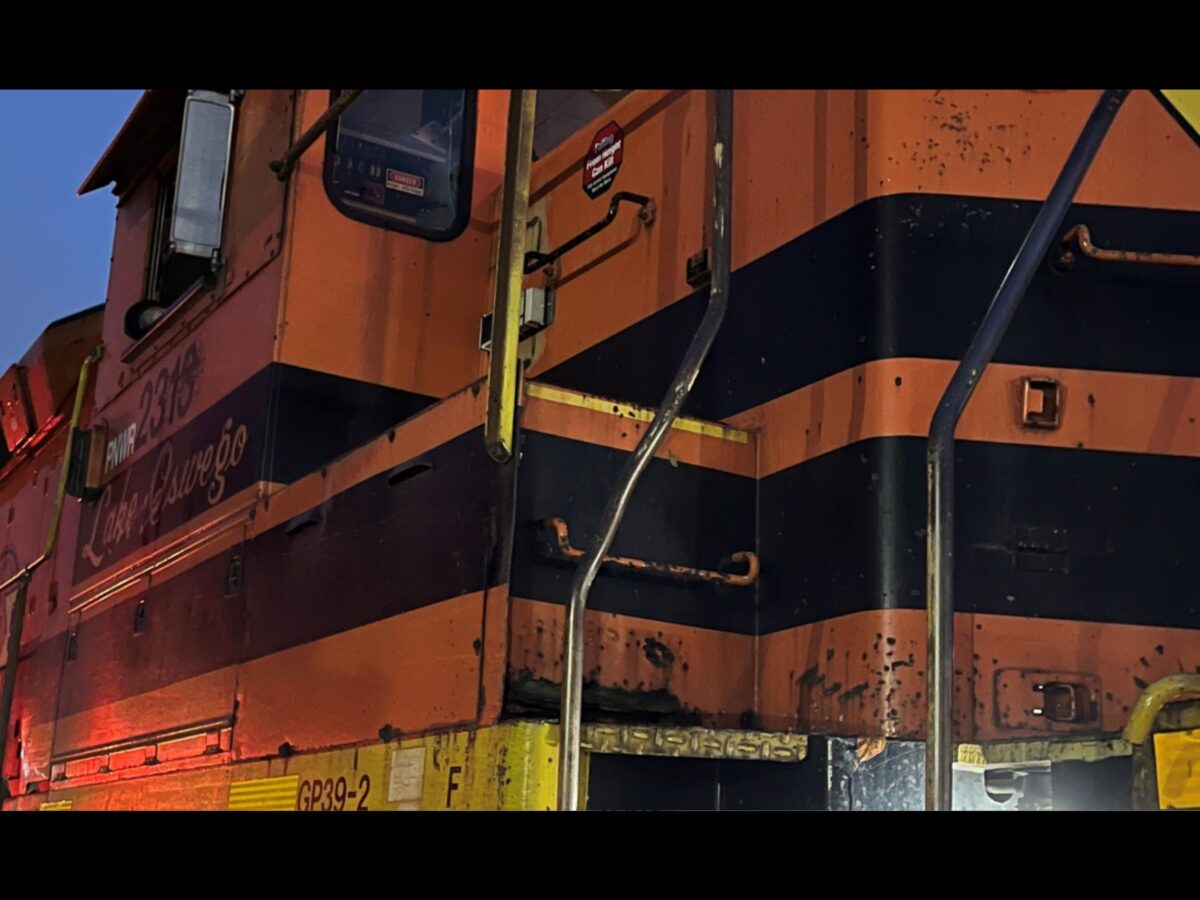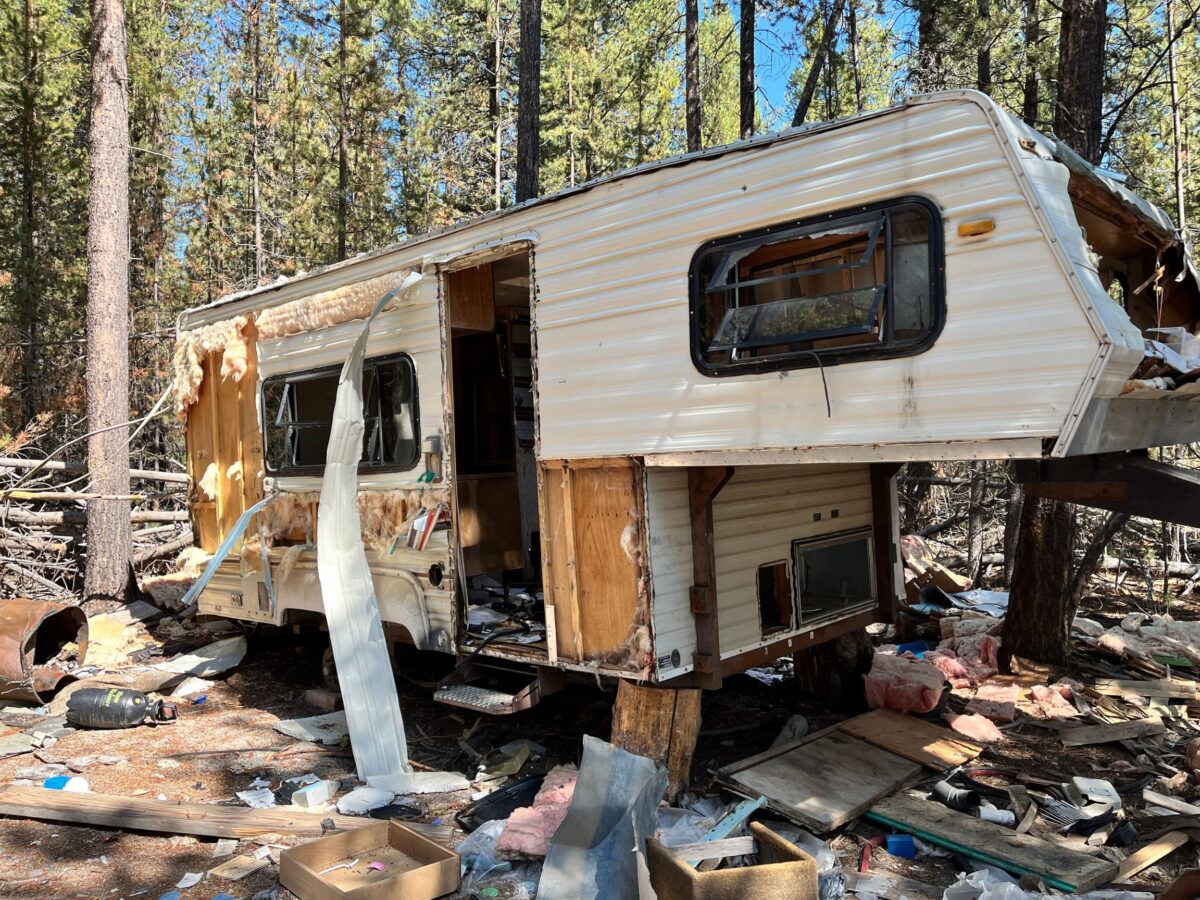The impact of this year’s wildfire season continues to reverberate throughout the state as the number of acres burned reaches 1.2 million.
At this time, the number of acres burned is four times the average when compared to the same point in past seasons. As many as 1,261 fires have burned across the state with more than 100 still active.
Five megafires, fires that exceed 100,000 acres, are still burning in Eastern Oregon: The Battle Mountain Complex, Lone Rock, Durkee, Cow Valley and Falls fires. These megafires are now between 19% and 99% contained.
Residents in these communities have been deeply affected by the wildfires. As many as 18,000 residents were under a level 1, 2 or 3 evacuation level during the height of the response to date with more than 8,000 still under some type of evacuation warning.
The full scale of the loss will not be clear for a few months at least. Initial reports show that dozens of people have been injured, and there was at least one wildfire-related death. An air tanker pilot named James Bailey Maxwell, 74, who died in a crash while working in the vicinity of the Falls Fire, north of Burns, on July 25, 2024.
Initial reports show fires have destroyed as many as 28 homes and 73 structures. Much of the damage has been to grazing land and livestock, heavily impacting the ranching community in eastern Oregon.
More than 10,000 people are involved in the response including 261 fire crews, 483 engines and 31 helicopters. Local and statewide emergency response departments and agencies are working around the clock to contain the remaining wildfires.
Several organizations are collecting funds and resources for those impacted. The Oregon Department of Emergency Management (OEM) staff have gathered a list and made it available at Wildfire.oregon.gov.
Some resources include:
- The Oregon Cattlemen’s Association and the Oregon Farm Bureau are collecting monetary donations.
- Oregon State University is collecting monetary donations, pledges of any in-kind, and donations of hay, feed and transportation.
- Wildland Firefighter Foundation supports firefighters on the frontlines who have been injured and families of those killed in the line of duty.
OEM and agency partners want to caution the public to beware of scams when donating, and only give to trusted organizations. Scammers often contact their possible victims by telephone, social media, email or in person so be suspicious of direct asks. Also, be cautious if the person asking for donations creates a sense of urgency and won’t let you think about it or donate later. If you want to donate money to support the wildfire recovery effort, it’s best to donate to the organization directly.
OEM has compiled a library of additional recovery resources with information from multiple agencies to help residents during and after of a fire.
This library includes but is not limited to:
- Basic needs support: List of shelters, food pantries, replace SNAP benefits, medical equipment replacement and vital document replacement.
- Stay informed: Sign up for ORAlerts.gov to stay tuned for updates and additional resources.
- Returning home: Assess damages to home, vehicles and property, report damages to local county emergency management office, file an insurance claim. Follow guidelines for safe cleanup because ash contains hazardous materials.
- Mental Health: Help is available 24/7 to anyone who is struggling or experiencing a crisis. Call 988 for support statewide or visit Lines for Life. AgriStress Hotline serves those in the farming, ranching, fisheries and forestry communities. Call 833-897-2474 or visit their website.
- Agriculture resources:
- OSU Extension Service’s list of resources for those impacted by wildfires in Oregon.
- Livestock wildfire resources on the Oregon Department of Agriculture’s website.
- Oregon Cattlemen’s Association Wildfire Fund Donations page.
- Oregon Department of Environmental Quality wildfire resource page.
- USDA Farm Service Agency’s Disaster Assistance Programs and Disaster Assistance Programs At-A-Glance fact sheet.
- USDA Disaster Assistance Discovery Tool.
For additional information about current wildfires, response and recovery, go to Oregon Wildfire Response & Recovery. Sign up for ORAlerts.gov to get lifesaving alerts and instructions during emergencies to help you and others stay safe in Oregon.







